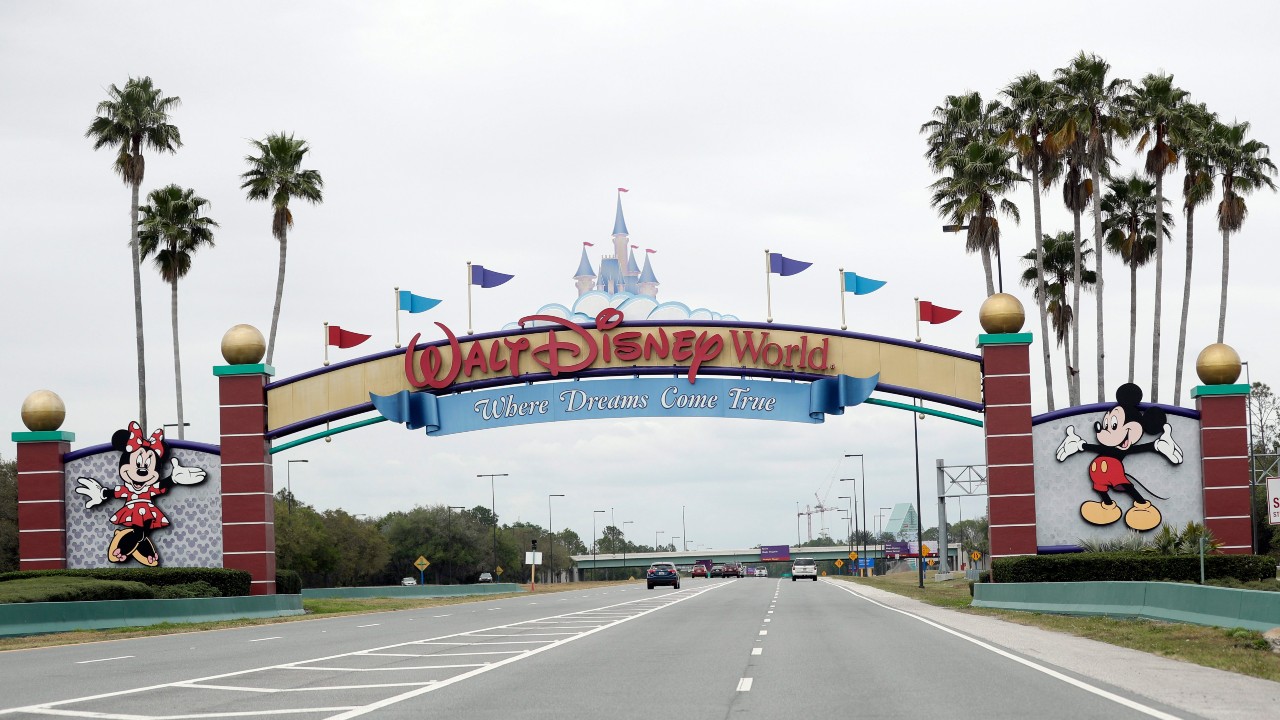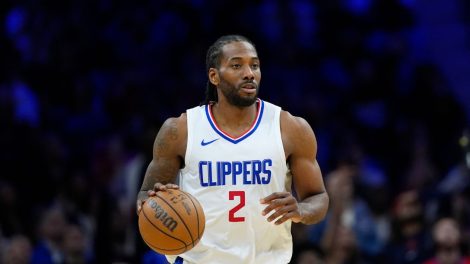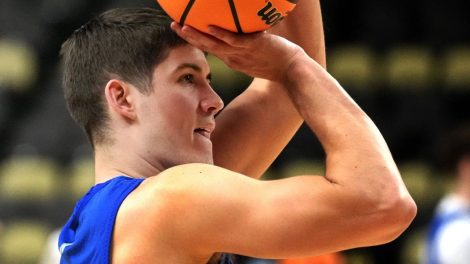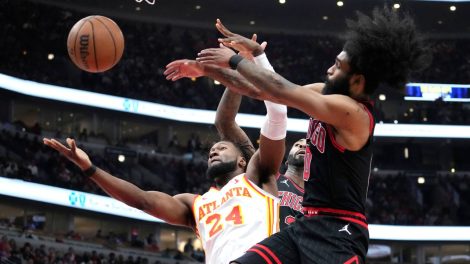Adam Silver got his first test as NBA commissioner only two months into the job.
In late April of 2014, recordings of then Los Angeles Clippers owner Donald Sterling making racist remarks to his mistress surfaced on TMZ, just as the NBA playoffs were to begin.
The league nearly came to a halt. There were talks that the Clippers, starring National Basketball Players Association executive Chris Paul, would boycott their first-round series against the Golden State Warriors.
How could a league whose popularity had been built by Black superstars tolerate an overtly racist owner?
Silver didn’t hesitate.
He launched an investigation immediately and when the result was in, firmly and quite correctly staked out the moral high ground.
“The views expressed by Mr. Sterling are deeply offensive and harmful,” Silver said in his first formal remarks on the matter. “That they came from an NBA owner only heightens the damage and my personal outrage.”
He went on to say that Sterling would be banned for life from the NBA, his franchise fined the maximum allowable under league rules and he would do “everything in his power” to force the rogue owner to sell the team.
When Silver’s six years running the NBA are assessed, it’s often this seminal test that frames the rest of the discussion. When push-came-to-shove he acted swiftly, decisively and correctly.
“If you see a cancer, you’ve got to cut it out real quickly,” said former Phoenix Suns star and then Sacramento mayor Kevin Johnson, who was acting as an adviser to the NBPA at the time. “And commissioner Silver did that in real time.”
As the NBA tries to restart their season in the shadow of the pandemic, it’s the league’s – and Silver’s – credibility as having the players’ best interests at heart that has been the thread holding things together.
“I have full trust in what the NBA is trying to do,” Toronto Raptors centre Marc Gasol said this week when asked about his faith in the bubble as the case count rises in Florida and beyond. “Once we’re here, once we’re inside of the bubble, there’s always a little bit of risk but I think the risk is minimal [because of] the protocols we put in, the safety measures they put in, ongoing testing that goes on every day.
“I think it’s pretty preventative and prophylactic for us to be as safe as possible, given the circumstances. Obviously nothing is 100 per cent … but I think we’re in the safest environment, given the situation.”
No one is doubting Silver’s sincerity about doing the right thing now or during the Sterling saga, but it’s always worth remembering how well the actions taken during his first leadership crisis worked out for the business of basketball.
The Clippers sold for $2 billion – a then record sum – and were able to bring into the ownership fold former Microsoft founder Steve Ballmer, the wealthiest youth basketball coach in the world who could write the cheque without noticing, based on his estimated $70 billion fortune. In the space of six years, the Clippers have gone from a decades-long embarrassment to one of the league’s premier franchises with more upside to come as they set out to build their own arena and challenge the Los Angeles Lakers for supremacy in one of sports’ most lucrative markets. League revenues have only grown since.
Doing the right thing then was good for business.
But here’s the thing about doing business: The right thing – or at least things that are inarguably right – doesn’t always line up well with the goal of being in business in the first place, which is making money and staying in business.
[snippet id=3360195]
And when the mortgage payments on that prime moral high ground get higher, ethics – the currency paid – are at risk of being stretched thin. The league already went down that road before the season even started with its tepid response to the controversy sparked when Houston Rockets executive Daryl Morey tweeted his support for pro-democracy demonstrators in China.
Silver’s initial response was muddled and weak – “views expressed by Houston Rockets general manager Daryl Morey have deeply offended many of our friends and fans in China, which is regrettable” — and clearly hamstrung by the fact the NBA’s business interests with the basketball-mad superpower. The league eventually backed Morey’s right to free expression but balancing the fact of it with what is estimated to be a $400-million loss in revenue took some time to calibrate.
It’s worth remembering that as the NBA settles into bubble life at Walt Disney World Resort with actual games still two weeks away.
After some initial grumblings about the food and anxiety about clearing the initial 36-hour quarantine, the bubble concept seems to be holding. While a number of players and staff tested positive in the two-week testing period that preceded teams arriving in Orlando, there have been no reported cases yet of a positive test for coronavirus from anyone who is in the bubble — as far as we know at least.
And so we get to see what a collection of 350 or so mostly 20-something millionaires would do when separated from their families for a month at minimum and with about 20 hours of free time each day.
Turns out a lot of fishing, golfing and video games. Sometimes they shotgun beers.
Who knew?
But while the league’s reported $150-million investment in the bubble seems to be paying off, that may not be the only price to pay.
[relatedlinks]
Through no fault of the NBA, the pandemic is getting worse. On Thursday, the United States set a record for new cases for the 11th time in the past month with 75,000 cases — more than double what the record was on June 24. The rate of positive tests has remained high and now the death tolls are climbing too — the 156 fatalities in Florida on Thursday marking another record.
When the league envisioned finishing their season in an antiseptic bubble back in April, the hope was that by the time it got up and running, the virus would be in retreat. “The data, not the date,” would signal when it was time to get back to work, and that returning to play would be a balm not only to the league but for the country. Silver said that returning to play was viewed as almost a “civic obligation,” though not if the players’ health was going to be compromised.
“When you’re dealing with human life, that trumps anything else we could possibly be talking about,” Silver said.
It sounded good, even statesman-like, when compared to what was coming out of White House press briefings – though when the president of the United States is suggesting drinking bleach as a possible antidote, the bar is low.
But while the NBA seems to have reached their goals for the moment, more and more it appears that they’re the royals on the hill, cavorting within the castle wall while the peasants try to swim in the moat to escape the plague.
Returning to play is good for business – it’s been reported that playing out the season and playoffs will add $1 billion to the league’s coffers at a moment when their revenue stream is essentially zero.
But on this occasion, it’s hard to argue that the business of basketball is good for anyone but the league or perhaps bored sports fans. It may even be tangibly bad for people outside the bubble as the league’s needs conceivably sucks up valuable resources while the pandemic rages across the southern U.S. and adjacent to Disney World itself.
The league is testing everyone in the bubble daily — about 1,600 people — and getting results within hours. It’s the backbone of their plan to keep the environment virus free as players sweat and breathe on each other every day in practice and soon in games.
But that level of efficiency makes them the exception. Even last week as the league was moving en masse to Orlando, surging infection rates in Florida were creating a testing backlog and the problem isn’t getting better.
On Thursday, Dr. Rich Pino, the state health officer for the Department of Health in Orange County where Disney World is located, told the Orlando Sentinel that wait times for testing results in the area was five-to-seven days on average for the general public — this as positive results were more than 11 per cent and statewide cases surged by more than nearly 14 per cent. Families have to spend hours in line at public testing sites, even though the wait times for results were “far too long” to be effective when it came to quarantine procedures and contact tracing, which are in turn essential strategies to contain the virus in the absence of a vaccine.
The league has been quiet about how it has been able to get their people tested so quickly and so regularly, although the league switched testing providers from Quest Diagnostics, who tested players while they were in their home markets, to BioReference Laboratories while at Disney, according to this press release:
“Collaborating with the National Basketball Association throughout the COVID-19 pandemic has been a privilege for BioReference,” said Jon R. Cohen, M.D., executive chairman of BioReference Laboratories. “The extensive, detailed and systematic protocols put in place by the NBA leadership highlights the priority they are placing on the overall safety of the NBA players, referees and other team and league staff, as well as their families … professional sports entertainment is another integral part of the everyday American experience. We are proud to be part of the solution that can help the nation return to normal.”
[snippet id=4888368]
It’s not clear that the NBA’s testing requirements are putting undue pressure on labs serving the public, but it’s hard to prove they’re not. Even if the league is paying for tests that wouldn’t otherwise be available, there is a finite amount of materials available to perform the tests — from cotton swabs to pipettes and the personal protective gear required by the technicians performing the tests to the testers themselves. You can argue that the league’s needs represents a drop in the bucket — of the 79,831 test performed in Florida on Thursday, the NBA’s demands would theoretically represent about two per cent — but tell that to the family waiting in the sun to be tested, or waiting a week or more to find the results.
So, what is normal is a relevant question. Having NBA players competing for a title is one version of “normal” but every other circumstance is anything but.
But as the NBA pushes ahead, making sure it’s players and staff are safe in order to keep its revenues coming, one thing that remains normal is that business and the common good don’t always mix, even for a league that prides itself on just that.









